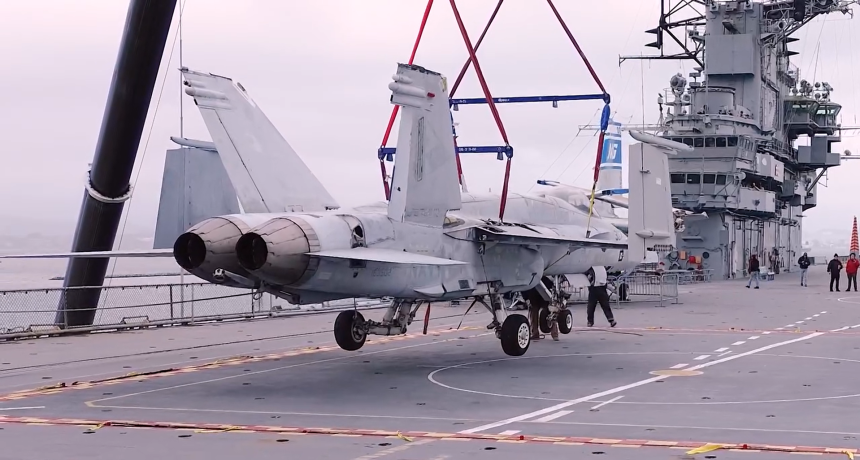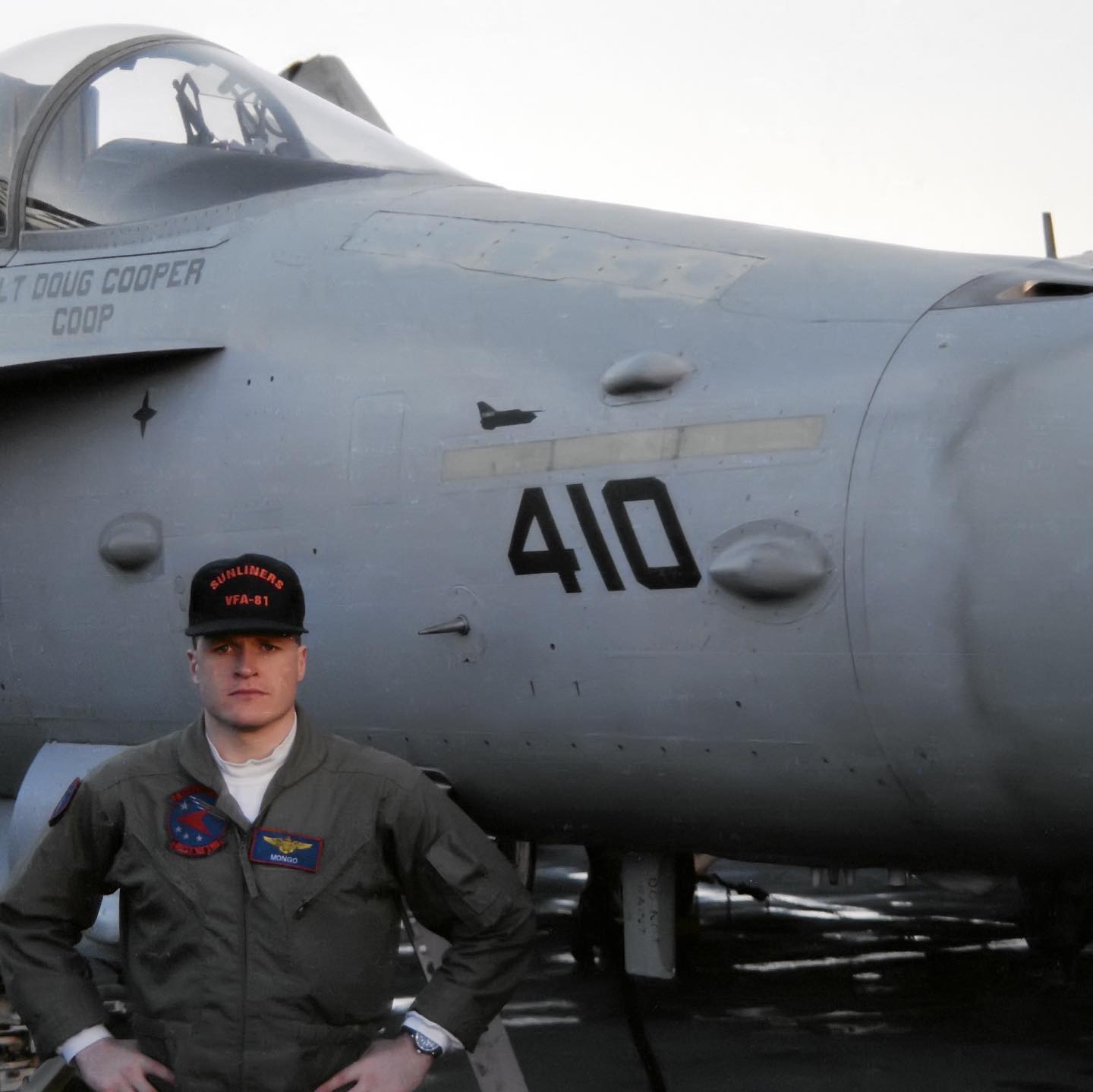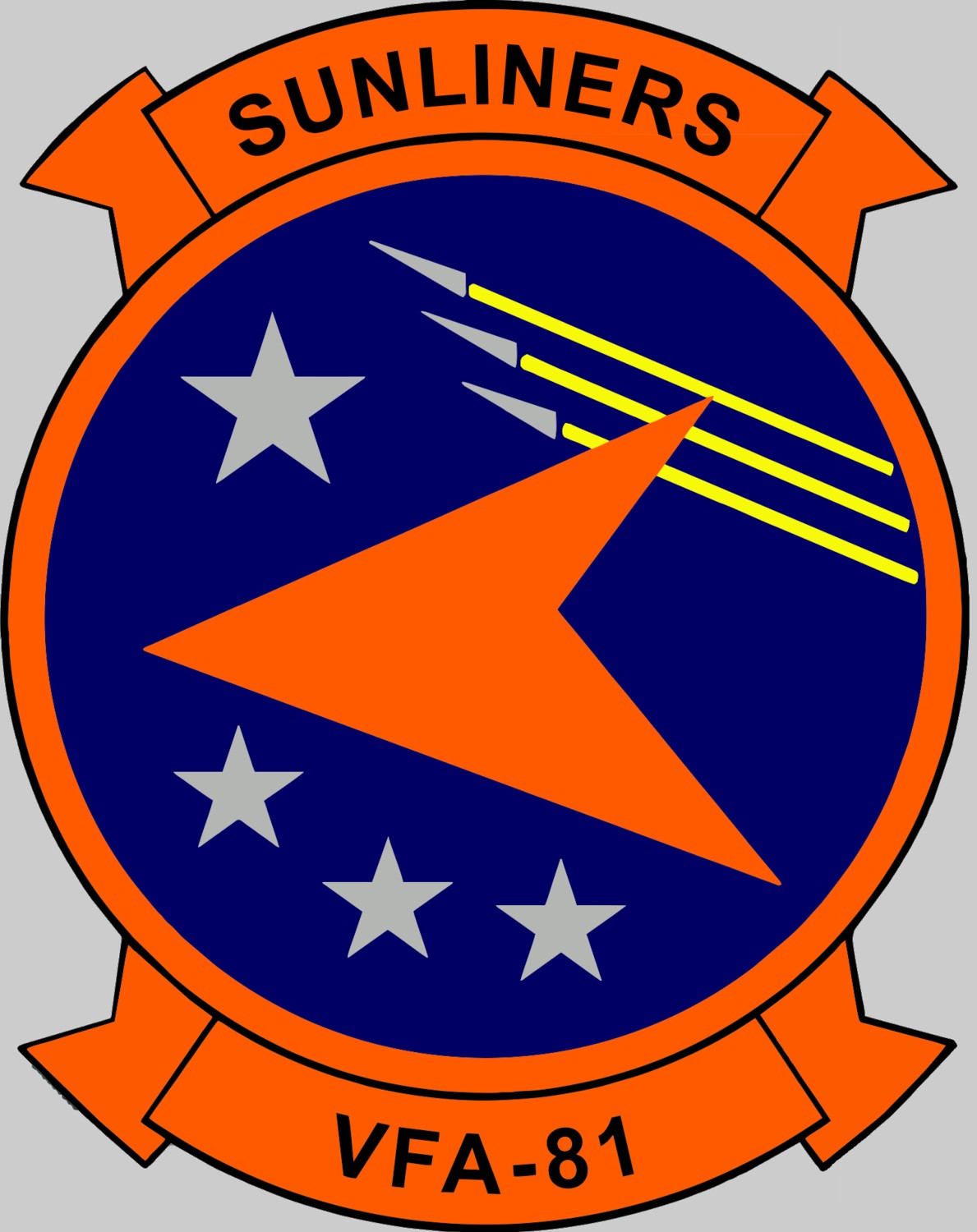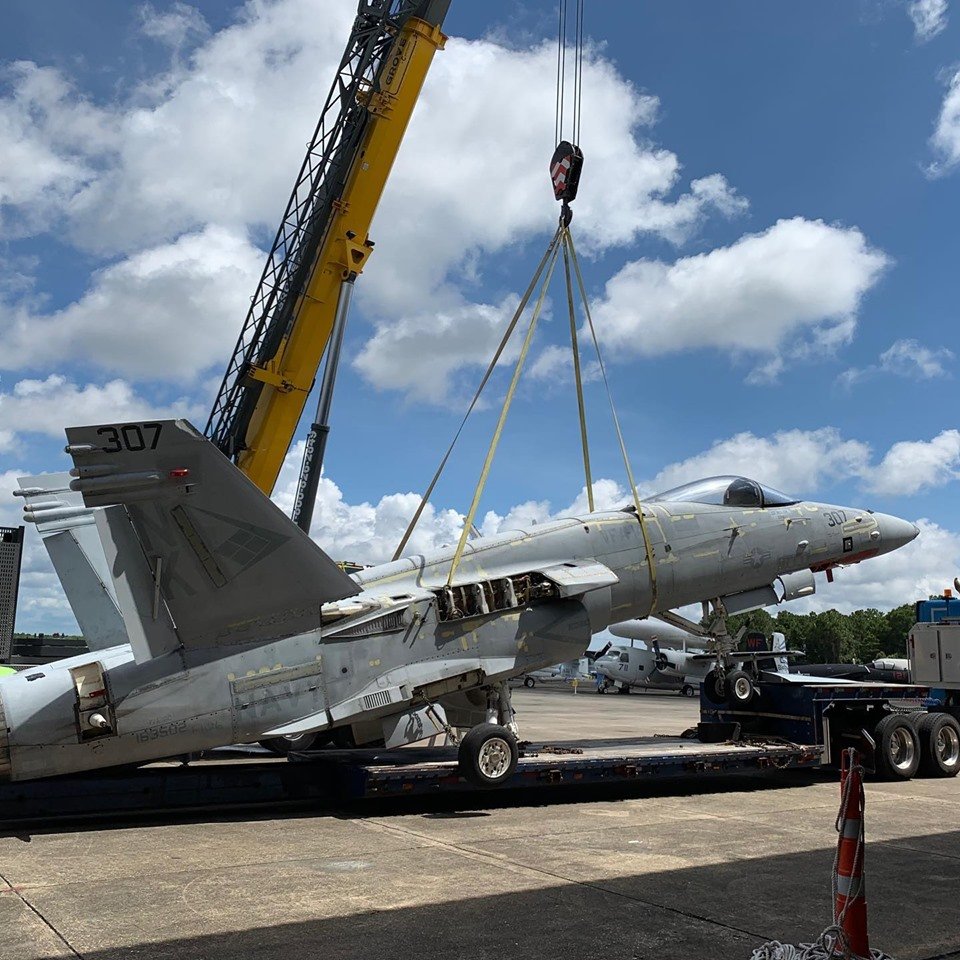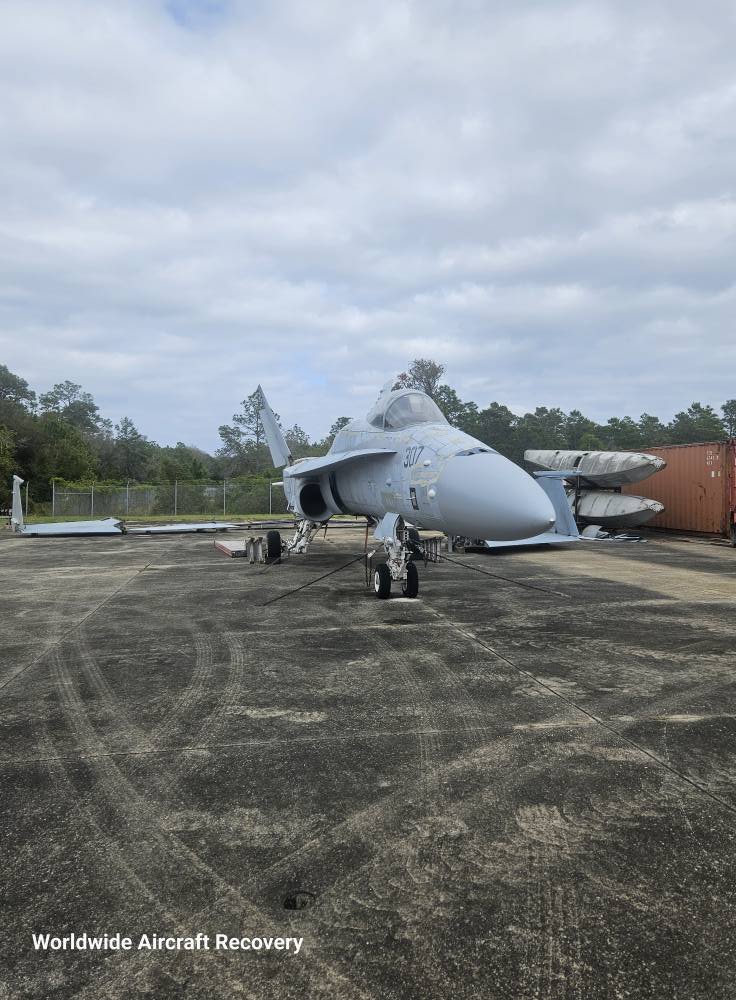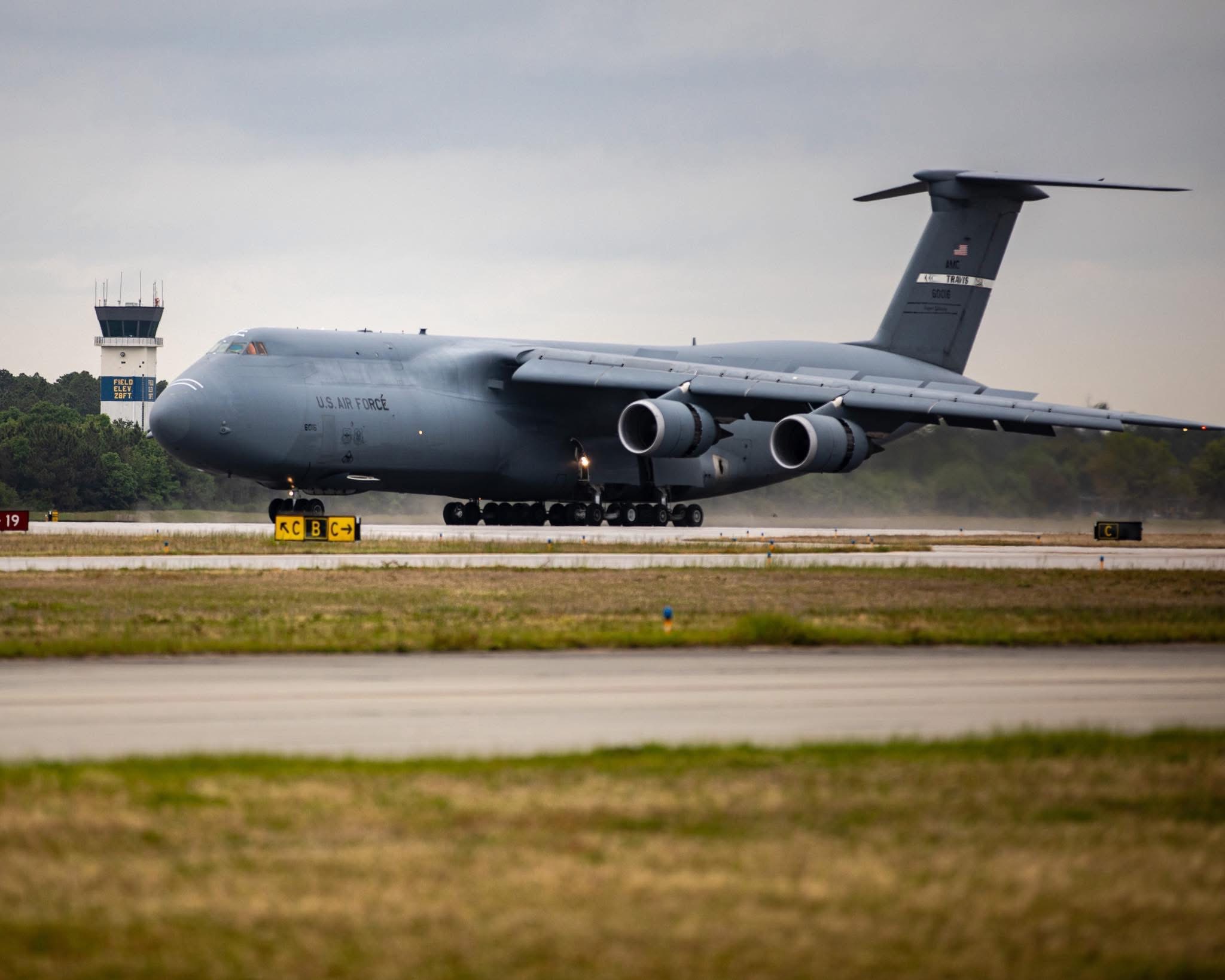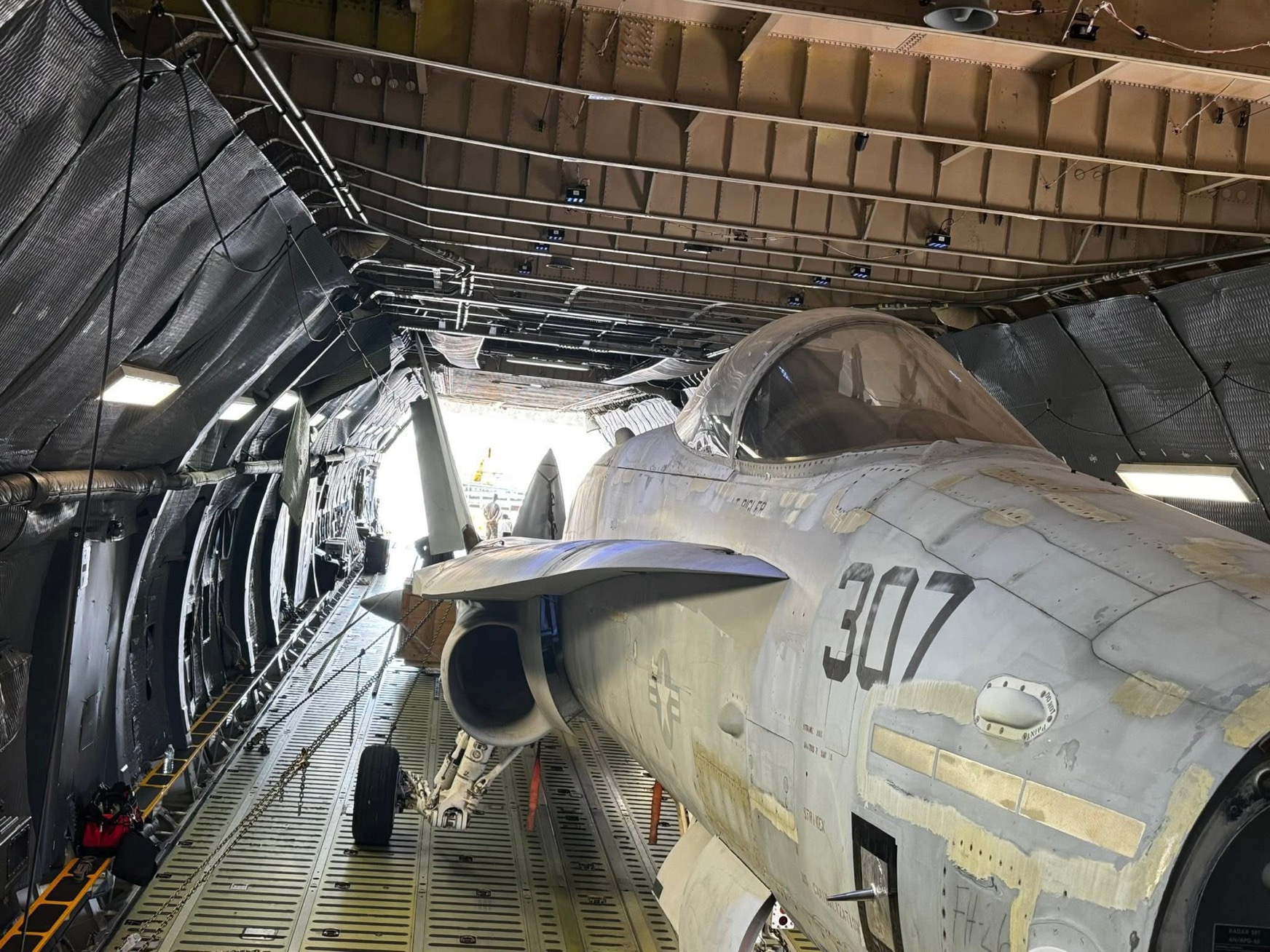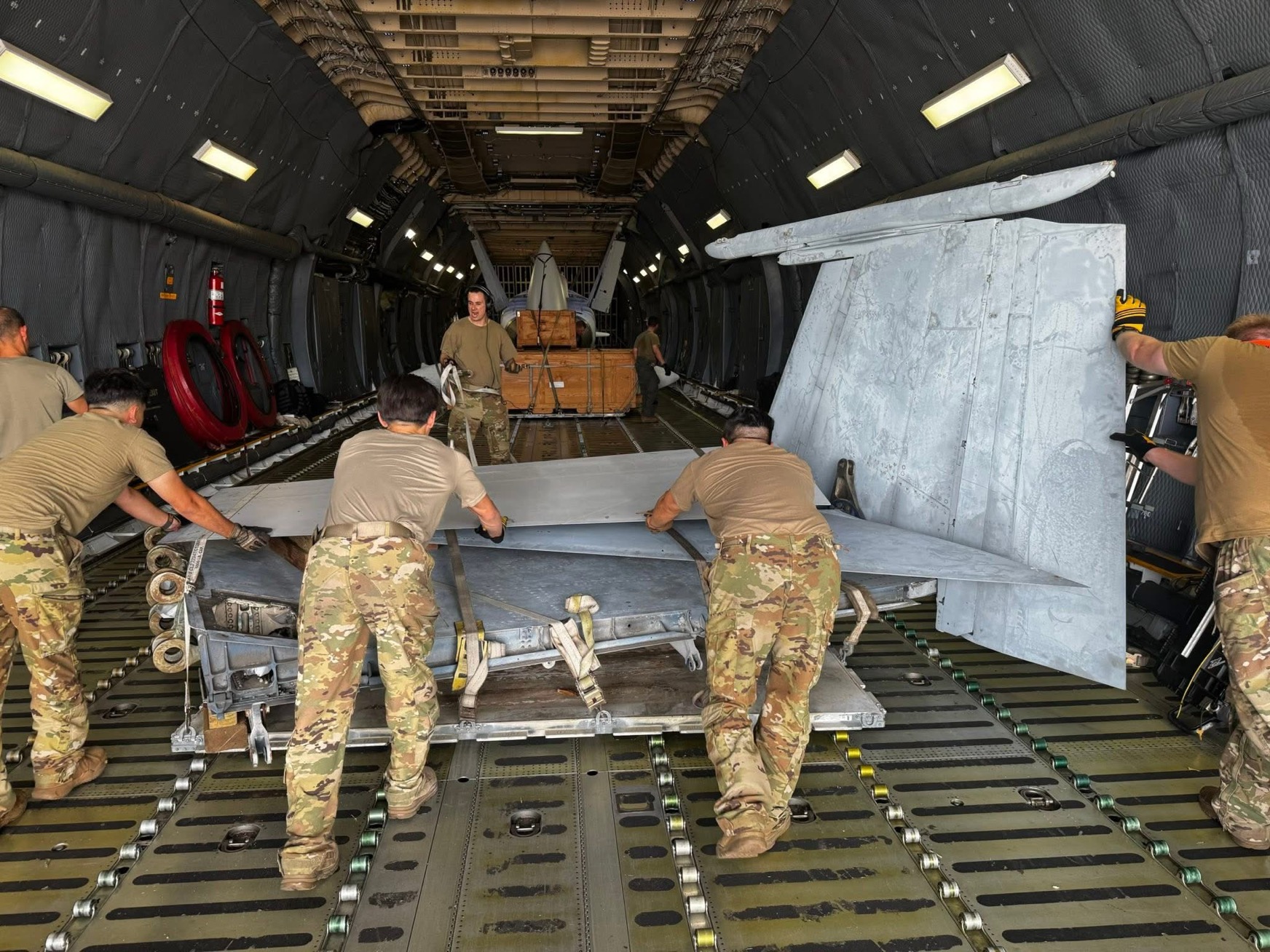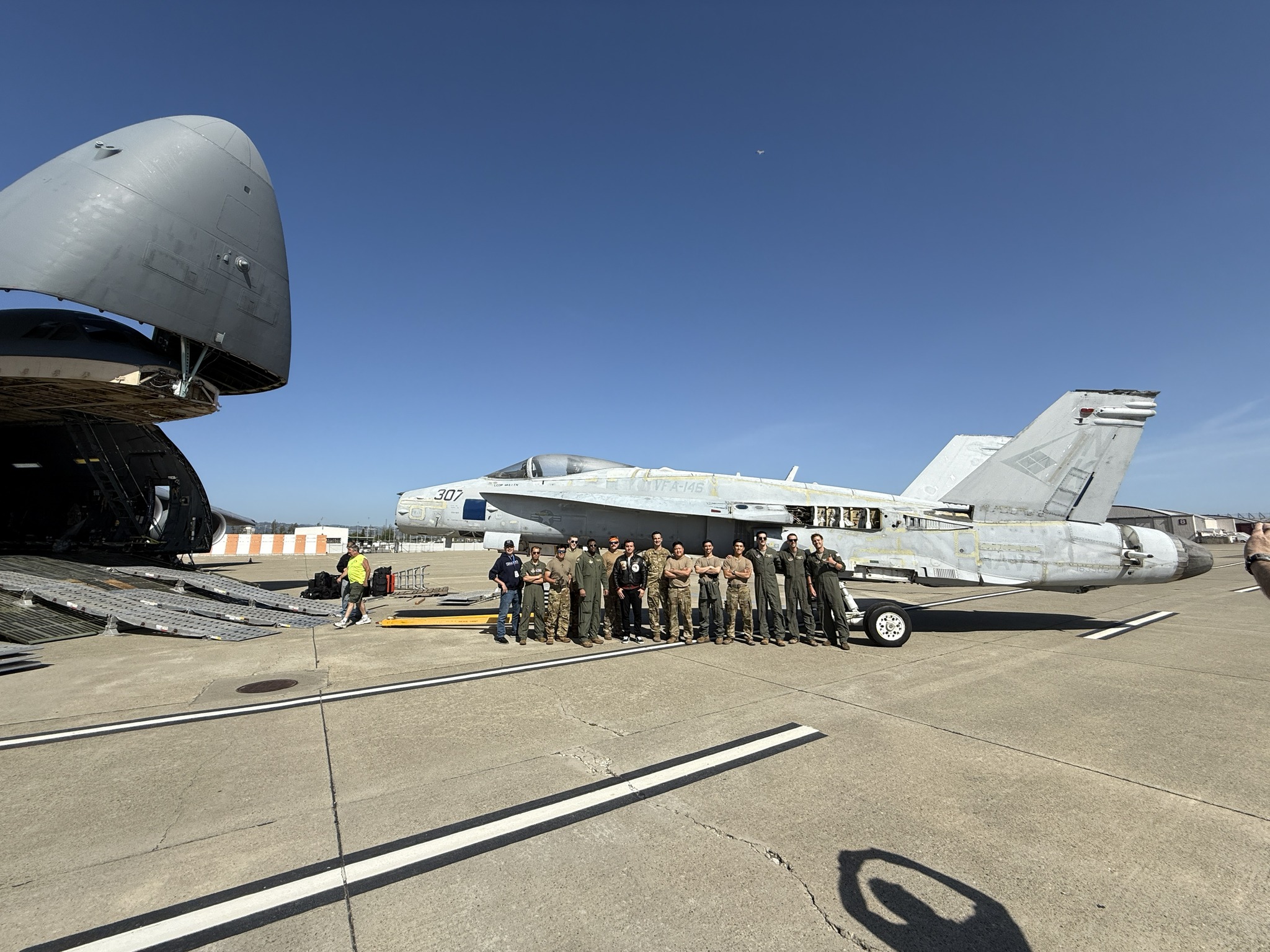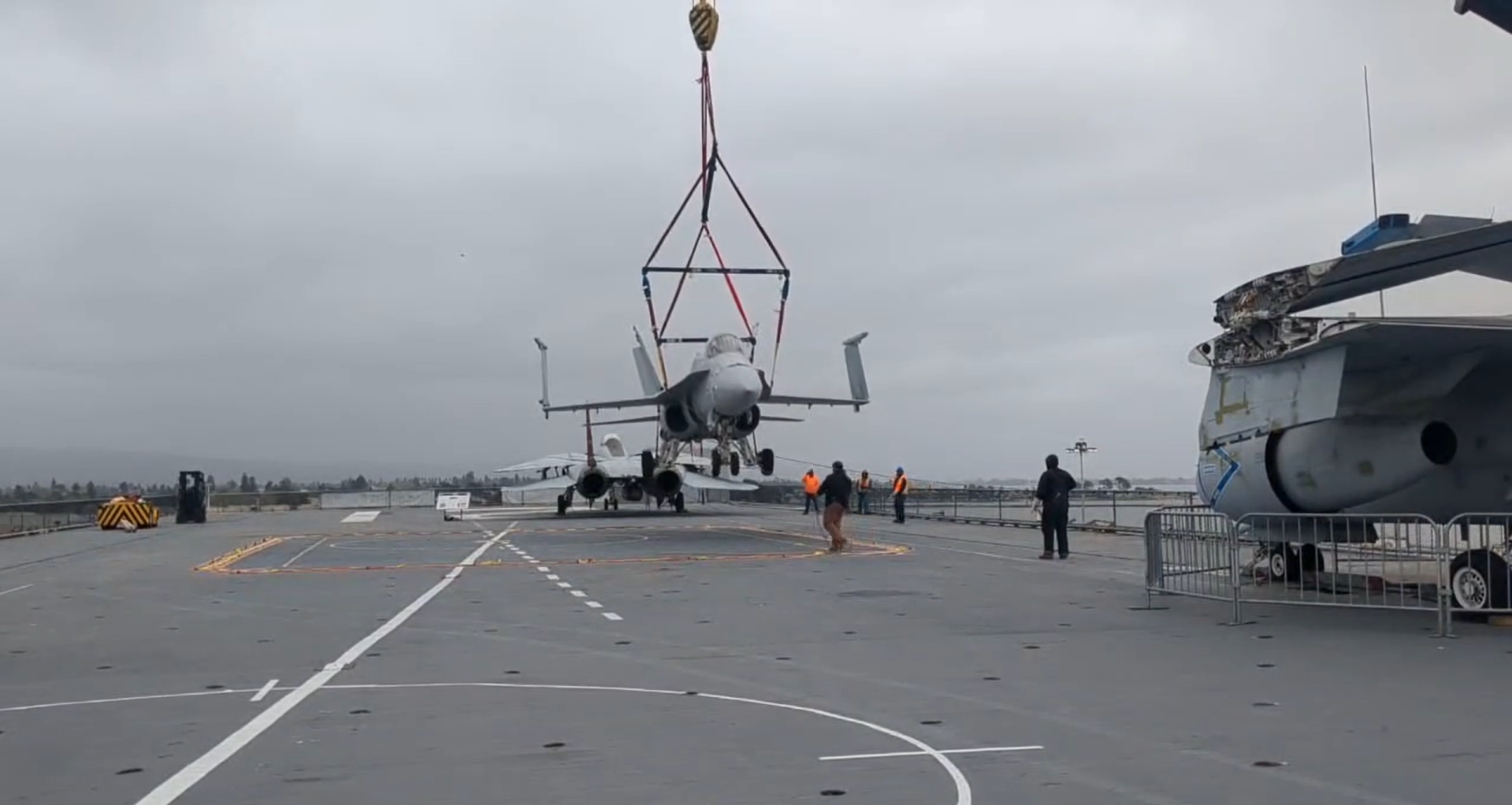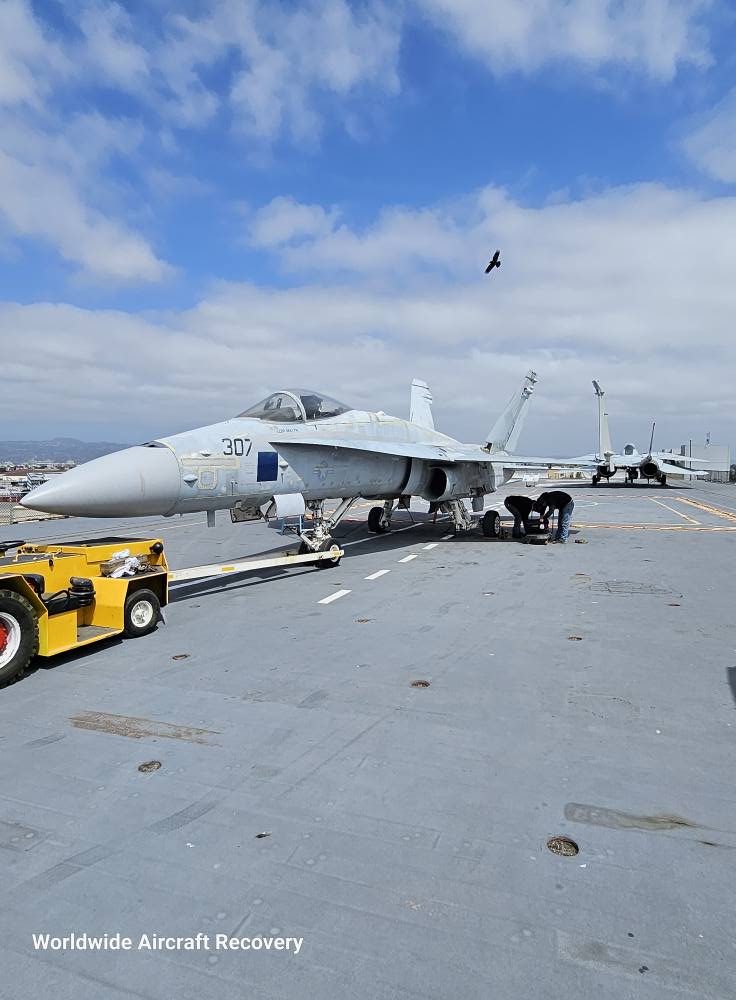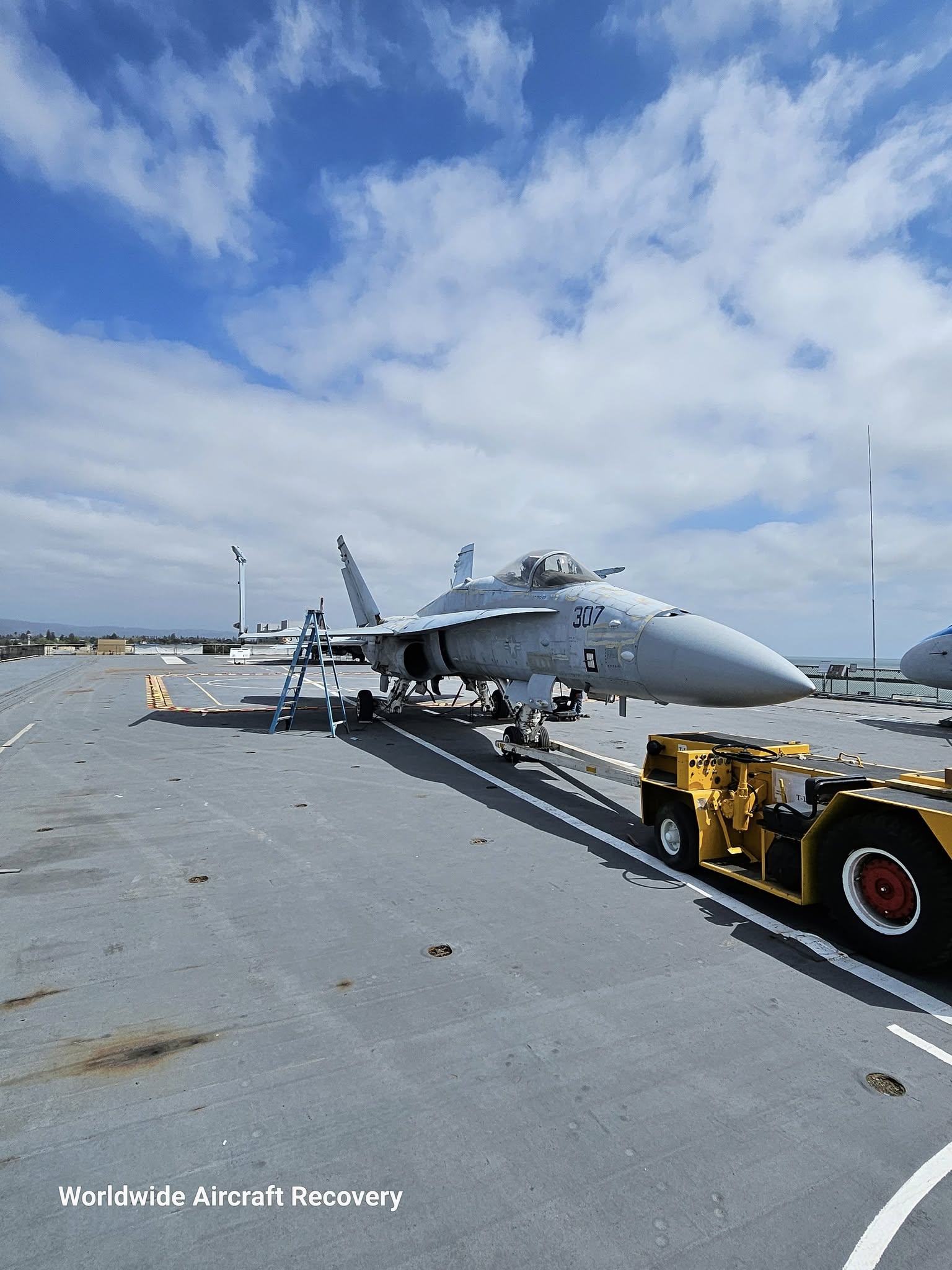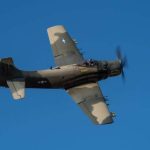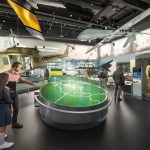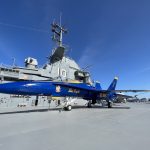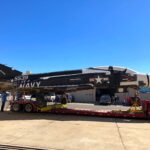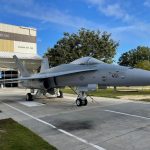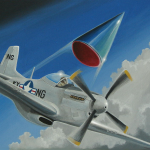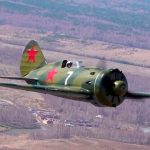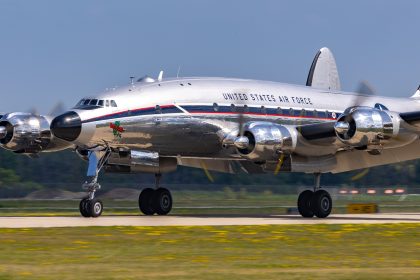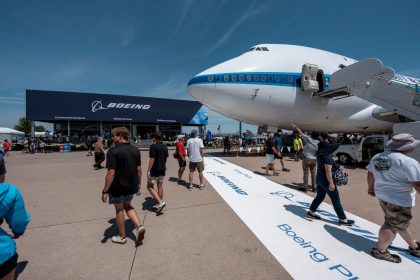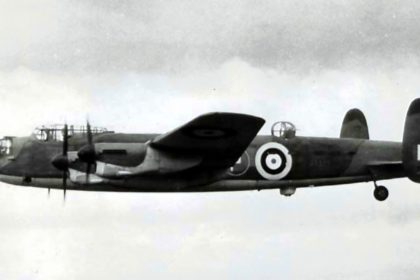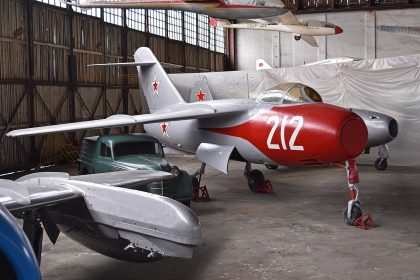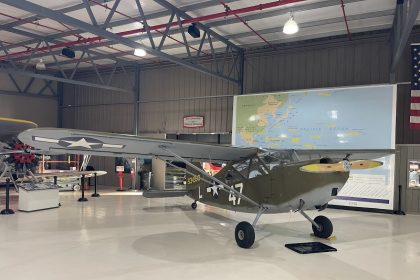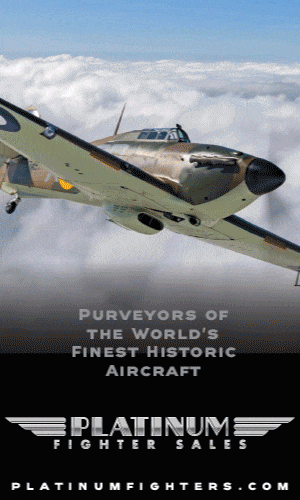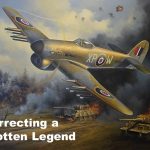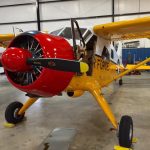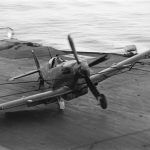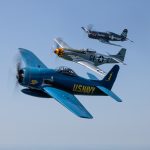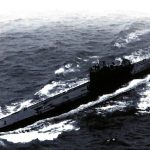Recently, a combat veteran McDonnell-Douglas F/A-18C Hornet Bureau Number 163502 was transferred from the National Naval Aviation Museum (NNAM) in Pensacola, Florida, to an affiliate museum across the country, the USS Hornet Sea, Air and Space Museum in Alameda, California. Though the World War II veteran Essex-class carrier was decommissioned well before the F-18 Hornet made its first flight, the USS Hornet (CV-12) will now provide a home for a Hornet that gained notoriety for downing an Iraqi-operated MiG-21 ‘Fishbed’ during the opening phases of Operation Desert Storm.
Having been constructed by the McDonnell-Douglas Corporation’s plant in St. Louis, Missouri, F/A-18C Hornet BuNo 163502 was serving in Strike Fighter Squadron 81 (VFA-81) “Sunliners” aboard the Forrestal-class aircraft carrier USS Saratoga (CVA-60) when the Gulf War broke out, and the ship was sent to the Persian Gulf. On January 17, 1991, VFA-81 participated in the first daytime airstrike of Operation Desert Storm. Among the squadron’s aircraft was F/A-18C 163502, VFA-81 squadron tail code AA-410, which was flown by Lieutenant Nick “Mongo” Mongillo at the controls. Mongo formed up with Commander Bill McKee (the Sunliners’ Deputy Commander), Lieutenant Commander Mark Irby ‘MRT’ Fox, and Lieutenant Commander ‘Chuck’ Osborne, in order to attack H-3 Air Base (Al Walid). The four Hornets from VFA-81 were each armed with four air-to-air missiles (two short-range AIM-9M Sidewinders and two semi-active radar-guided AIM-7M Sparrows) and four 2,000 lb. Mk.84 bombs.
After entering Iraqi airspace from the south, the four Hornets were alerted by E-2 Hawkeye airborne early warning aircraft to the presence of Iraqi aircraft. Soon, the Hornets identified the boogeys as two Iraqi Air Force Mikoyan-Gurevich MiG-21 “Fishbeds” flying towards them at supersonic speeds. At two miles out, Mongillo fires one of his AIM-7M Sparrows at the MiG, which destroyed the aircraft. Seconds later, on the other end of the formation, LCMDR Fox, flying F/A-18C Hornet Bureau Number 163508 (tail code AA-401) fired both an AIM-9 Sidewinder and an AIM-7M Sparrow at the second MiG-21, destroying it as well. Moments later, all four Hornets dropped their bombs on Al Walid and sortied back to the Saratoga, where they were celebrated by their shipmates. Fox and Mongillo would also go down in history for being the only two U.S. naval aviators to shoot down an enemy aircraft in air-to-air combat during the Gulf War. (To hear Mongo Mongillo’s account, see this video HERE).
After being retired from active duty, Hornets 1630502 and 163508 were both placed into storage until they were both shipped to the National Naval Aviation Museum in 2019, along with a former Polish Air Force MiG-21bis ‘Fishbed’, serial number 9735, which was donated by Draken International (see this article from 2019 HERE). While the MiG-21 was painted to represent one of the Iraqi Air Force MiGs downed by Mongillo and Fox, Hornet 163508 was restored in the markings it wore when flown by Mark Fox, who retired in 2016 at the rank of Vice Admiral (see this article from 2021 HERE). Both the MiG-21 and Hornet 163508 are now on display in the museum’s Hangar Bay One, but Mongillo’s Hornet, 163502, was stored outdoors on Pensacola’s ramp, awaiting its turn for restoration and display.
At the end of March 2025, Worldwide Aircraft Recovery, known for transporting historic aircraft across the United States, made their latest trip to Pensacola to help send the museum’s Consolidated PBY-5A Catalina to the Air Zoo in Kalamazoo, Michigan, for an extensive restoration. Yet as the Catalina embarked on its journey north, Worldwide Aircraft was contracted to prepare F/A-18C Hornet 163502 for its own journey. This time, the National Naval Aviation Museum made arrangements to have the MiG Killer Hornet shipped to the USS Hornet Sea Air and Space Museum in Alameda, California. Instead of being trucked from Florida to California, the specialists of Worldwide Aircraft Recovery helped load Hornet 163502 into the cargo hold of a US Air Force Lockheed C-5M Super Galaxy transport (Air Force serial number 86-6016), which flew the aircraft from Naval Air Station Pensacola to Oakland International Airport, just seven miles from the USS Hornet and an hour south of the Super Galaxy’s home base at Travis Air Force Base, California.
With the Hornet flown from Pensacola, Worldwide Aircraft Recovery had another team in California that unloaded the aircraft from the C-5M and drove it down to the USS Hornet, where a mobile crane was used to hoist it onto the flight deck of the carrier, where it was later dedicated on April 26. With the F/A-18C Hornet now on display aboard USS Hornet, the museum will display it alongside other aircraft already on display aboard the World War II aircraft carrier that also recovered the Apollo 11 astronauts. For more information, visit the USS Hornet Sea, Air and Space Museum’s website HERE.







